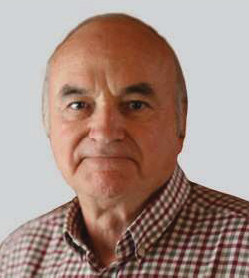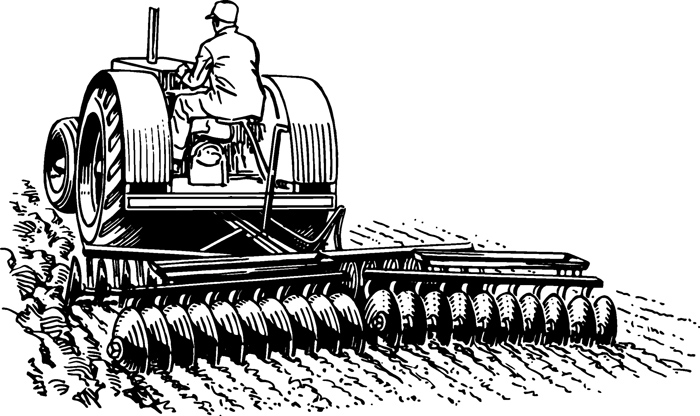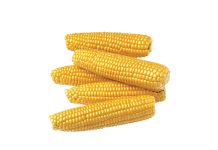
There are four main types of distribution models in the South African agricultural machinery market: the independent local manufacturer, the independent local importer, the independent local full-line importer and the original equipment manufacturer (OEM) full-line importer.
These business models often overlap. The major differences, however, are whether the company is locally owned and financed or a wholly owned subsidiary of an international OEM. Then, of course, there is the next tier of the distribution channel which is the retail dealer. These too, may distribute a mix of brands, both locally manufactured and/or imported. Most – but not all – of these retail outlets will be locally owned.
Agricultural machinery distribution chain
What are the important features of an agricultural machinery distribution chain in the eyes of the producer? The distribution chain of the brand should be financially stable, so that the producer can be sure that the equipment supplier will be there for the long run. The distribution chain should also be able to support the product in terms of parts and service and, preferably, be close to the producer so that parts and service requirements can be fulfilled quickly. This is important as many activities on the farm are time critical.
Over the years, the balance of these different types of distribution chains has developed and – in many cases – changed. Most recently, we have seen international OEMs coming into the market and establishing their footprint in South Africa. This is not a South African phenomenon; it is a trend which has been happening and continues to happen worldwide. As markets develop in certain countries or regions, OEMs tend to establish a local presence and this is what has happened in South Africa over the years.
Although the South African market for agricultural machinery is quite small in overall world terms, it is an important market – South Africa is generally regarded as the gateway to sub-Saharan Africa. Although it may be feasible logistically to ship some whole-goods equipment directly into relevant African countries, parts and service back-up and training are usually more easily provided from South Africa. This provides the incentive for international OEMs to set up in South Africa – both to serve the local and the sub-Saharan African market.
What does this move mean for the local producer?
When an OEM invests in South Africa, it is investing in its brand and the long-term value of that brand. It is putting in place facilities and personnel to support its product in terms of expertise, training, parts and service. This does not mean to say that this model is better than the existing model – it is just a different model. What is necessary, however, is that the OEM should also invest in local expertise as agricultural conditions, including those in sub-Saharan Africa, may be quite different from those in Europe, America or Asia.
Having said that an international OEM with a local presence should be able to support its product range, does this mean that this business model is better than the local importer, manufacturer or distributor? The answer is no. If the equipment is manufactured locally, then the producer should have direct access to the manufacturer, and parts, service and technical back-up should be close at hand. If the equipment is imported, the producer must ensure that the importing company is financially viable and has the infrastructure and logistics to support the equipment.
There is a general feeling in the local agricultural machinery market that the producer is spoilt. Spoilt for choice and spoilt for being able to negotiate with suppliers to get the best product at the best price. Producers take advantage of this, as they should. However, when choosing to buy from a particular company, they should think carefully. The price may be right, but will the product be supported and is the company financially viable in the long run? Here, the Afrikaans saying of ‘goedkoop is duur koop’ applies.
What about the future? Most of the full-line agricultural machinery OEMs represented in South Africa now have a local presence. Only a few implement OEMs have a local presence and this is where some development may take place. Again, this will be largely dependent on how the local and sub-Saharan markets for these implements develop.
The South African agricultural machinery market is dynamic and quite highly specialised. Local producers demand and can usually get the equipment and the technology they need in order to produce the agricultural products required by local and international markets. These producers need to be competitive with their products in world market terms. Carefully choosing the right company from which to buy their equipment, will be a step in the right direction for them to achieve these objectives.



















